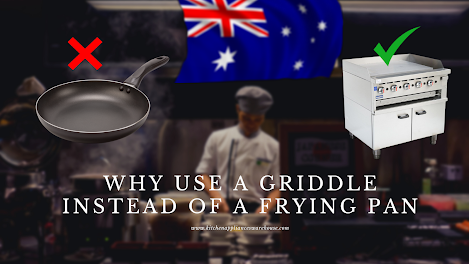Best Practices for Cleaning and Sanitizing Your Workbench Fridge
Have you ever wondered how to keep your workbench fridge in top condition while ensuring the safety of your food products? Maintaining cleanliness and sanitation in your workbench fridge is essential for food safety and overall kitchen hygiene. In this blog, we'll explore the best practices for cleaning and sanitizing your workbench fridge to ensure that your food stays fresh and your customers stay healthy.
Understanding the Importance
Why is it crucial to clean and sanitize your workbench fridge regularly? The answer lies in preventing the growth of harmful bacteria, mold, and other contaminants that can compromise food safety. By following proper cleaning and sanitizing procedures, you can extend the shelf life of your ingredients, reduce the risk of cross-contamination, and maintain a hygienic working environment.
Step-by-Step Cleaning Process:
1. Start by unplugging the workbench fridge and removing all food items and shelves.
2. Use a mild detergent and warm water solution to wipe down the interior surfaces of the fridge, including shelves, drawers, and door seals.
3. Pay special attention to areas where spills and stains are common, and use a scrub brush or sponge to remove stubborn residue.
4. Rinse the interior surfaces thoroughly with clean water to remove any soap residue.
5. Allow the fridge to air dry completely before replacing the shelves and food items.
Sanitizing for Safety:
Once the workbench fridge is clean, it's time to sanitize the surfaces to kill any remaining bacteria and germs. You can use a commercial sanitizer or make your own by diluting bleach with water according to the manufacturer's instructions. Apply the sanitizer to the interior surfaces of the fridge and allow it to sit for the recommended contact time before rinsing thoroughly with clean water.
Tips for Effective Cleaning and Sanitizing:
1. Clean and sanitize your workbench fridge at least once a week, or more frequently if needed.
2. Use separate cleaning cloths and sponges for different areas of the fridge to prevent cross-contamination.
3. Regularly check the temperature of your workbench fridge to ensure it is operating within the safe temperature range (below 40°F or 4°C).
4. Train your staff on proper cleaning and sanitizing procedures to maintain consistency and effectiveness.
Also read:
Final Thoughts
By following these best practices for cleaning and sanitizing your workbench fridge, you can ensure the safety and quality of your food products while promoting a hygienic working environment in your kitchen. Regular maintenance and attention to detail are key to keeping your workbench fridge in top condition and your customers happy and healthy.


.jpg)
.jpg)
Comments
Post a Comment